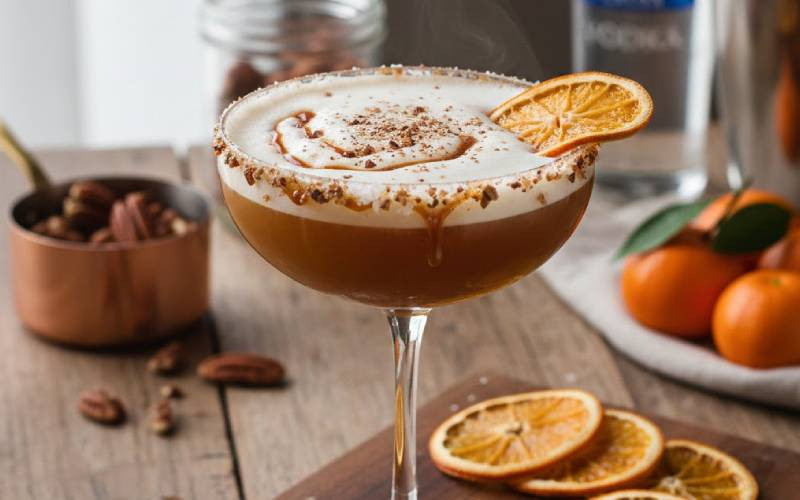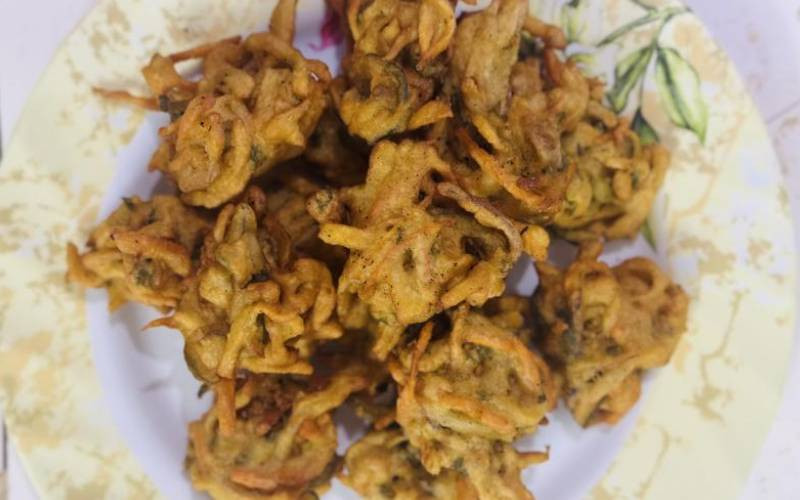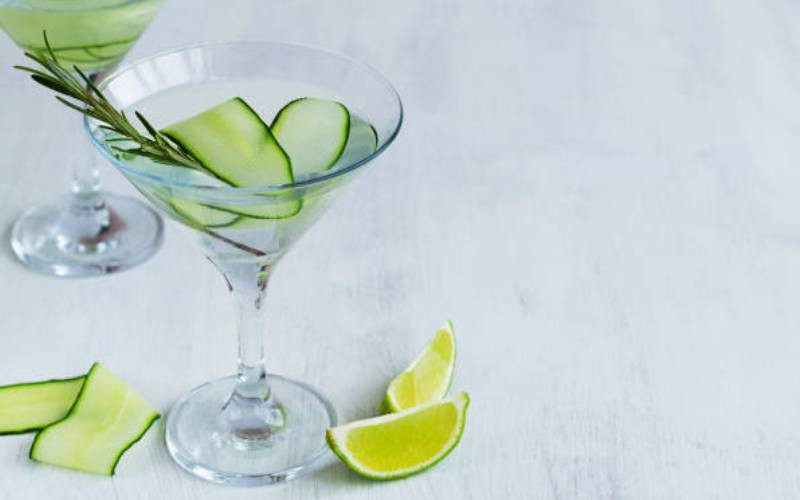
Flour is a traditional pantry staple, an ingredient of many dishes. Originally, flour was mainly from ground grains but today, it can be made from coconut, almonds and any other gluten free varieties. Flour is a necessity on each shelf with baking becoming a more popular hobby. It seems like those ingredients that last forever since it is dry in nature and people almost always end up keeping it for a very long time.
Shelf life
Different kinds of flours have different shelf lives. The plainer the flour the longer the shelf life but most flours stay fresh between three to eight months at room temperature. Flours are categorized depending on their level of processing.
White-all-purpose flour lasts longer than whole wheat flour. Whole wheat flour contains bran and germ, which are rich in fats hence it easily deteriorates when exposed to light, moisture and air. Non-gluten flours like almond, coconut and pumpkin seed flours contain a lot of oil and so go bad easily.
It is however important to note that storage heavily influences the shelf life. Most people empty flour from packages into containers. This means it is hard to keep track of the expiration dates. Flour should be stored in airtight containers away from moisture, light and air. While this is useful during the viable life of flour, it does not necessarily cushion flour from going bad. Nevertheless, flour can still be good for consumption even after the expiry date.
So how do you know flour has gone bad?
1. Smell
The smell of flour can tell you whether it has gone bad or is still fit for your consumption. Most flours are odourless whereas gluten-free flours have a sweet and sometimes nutty smell. If flour is left exposed to air and moisture, the natural fats in flour oxidize leading to decline in quality and a musty sour smell.
2. Colour
The colour of flour should never change. Change means it has gone bad. White all-purpose flour should be white and fluffy. For wheat flour, it should be tan-brown. If it changes from the original color to a tan, sniff it. If white flour turns to a blue hue, it has started to grow mold.

3. Bugs
Sometimes spoiled flour will have flour beetles also known as weevils. If flour is left exposed, weevils can infest it. These bugs pose no established harm to your body. Getting rid of the bugs immediately, prevents the flour from discoloration and foul odor. After the weevils have been removed, it is still safe for consumption.
4. Taste
In case you missed the smell and proceeded to use it, bad flour will give your goodies a strange taste and texture. When consumed, this flour poses a health risk. Rancid flour contains mycotoxins which, when frequently consumed, cause health complications like cancer, kidney damage, reproductive problems and it also suppresses the immune system.
How do you store flour properly?
If you have opened the original storage package of the flour, ensure you keep in an airtight container. Glass, plastic and even resealable freezer bags will do. This prevents exposure to air and moisture.
Store is a dry place.
Keep your floor in a cool, dark place away from light, preferably in the pantry, refrigerator or freezer. Storing flour in a cool place like in the fridge keeps it fresh and if your flour already has bugs, the low temperatures will help get rid of them.
Use thick layered freezer bags to keep flour from moisture and prevent it from picking other food flavors and scents.
You're going on vacation to Mars. What one food do you bring? The Standard Group Plc is a multi-media organization with investments in media
platforms spanning newspaper print
operations, television, radio broadcasting, digital and online services. The
Standard Group is recognized as a
leading multi-media house in Kenya with a key influence in matters of national
and international interest.
The Standard Group Plc is a multi-media organization with investments in media
platforms spanning newspaper print
operations, television, radio broadcasting, digital and online services. The
Standard Group is recognized as a
leading multi-media house in Kenya with a key influence in matters of national
and international interest.










